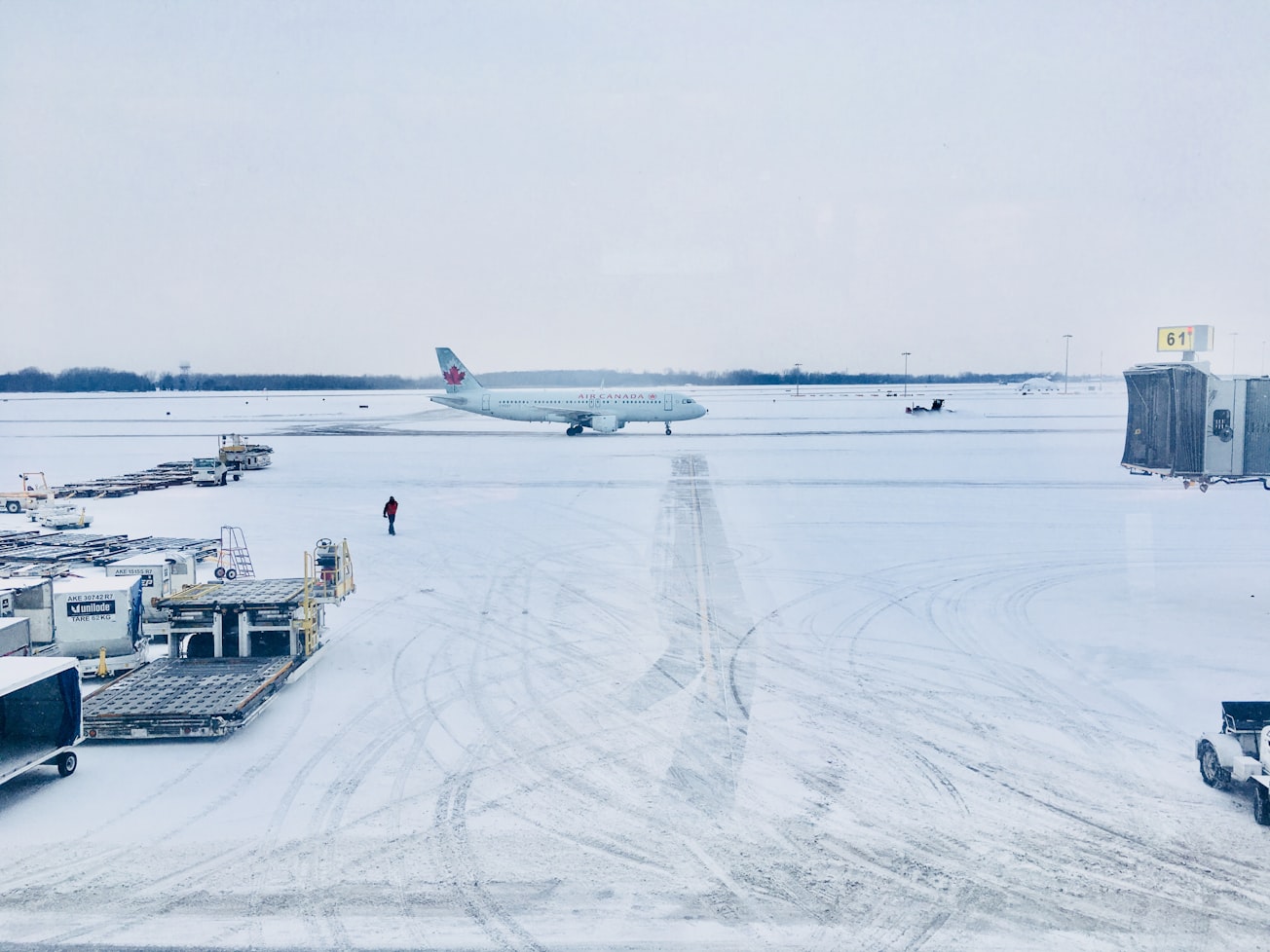What is it about?
The accumulation of snow on runways is a significant problem for airplane landings. This is because the existence of snow between the tires and runway reduces the friction coefficient and increases the braking distance required for landing.
Featured Image

Photo by Karim Balaa on Unsplash
Why is it important?
This study focuses on the interposition of snow between a landing unit with a rotating tire and a stainless-steel plate and investigates its influence on the friction coefficient.
Perspectives
The investigation uses electrical conductivity to observe the microscopic separation between the silicon rubber and stainless-steel plate. The results show that when using this method, the microscopic separation due to snow can be observed as a range between 0 (direct contact) and 1 (noncontact). In addition, we suggest that the friction mode that occurs during landing may be classified based on the state of snow.
Yoshitaka Nakanishi
Kumamoto Daigaku
Read the Original
This page is a summary of: Investigating tire friction on snow-covered runways using electrical conductivity, Proceedings of the Institution of Mechanical Engineers Part J Journal of Engineering Tribology, January 2019, SAGE Publications,
DOI: 10.1177/1350650118822420.
You can read the full text:
Contributors
The following have contributed to this page










